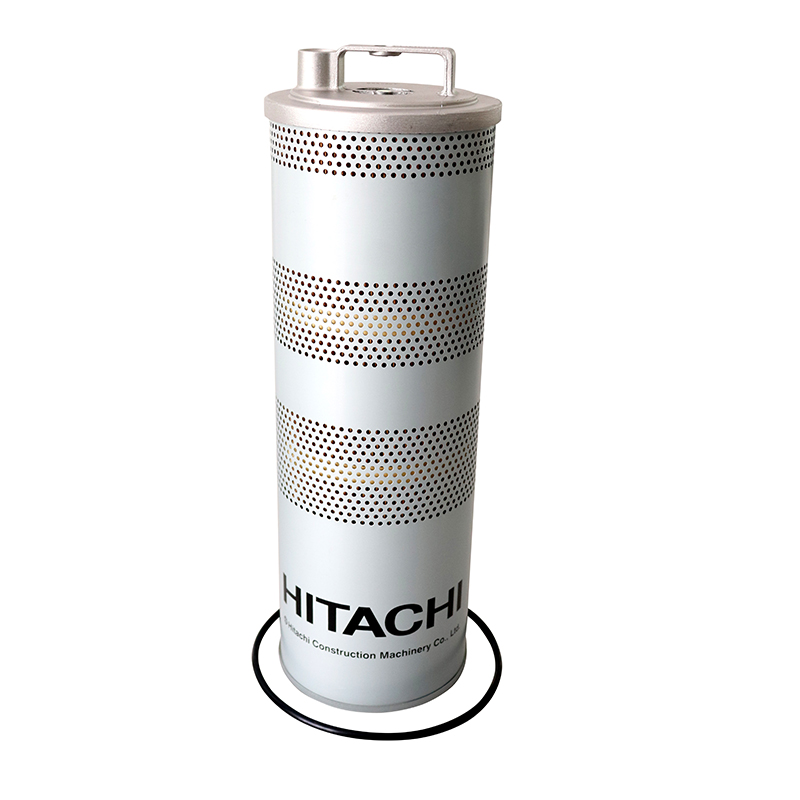Cleaning a hydraulic oil filter typically involves removing the filter from the hydraulic system and then using appropriate methods to remove the accumulated dirt and debris. Here’s a general guide on how to clean a hydraulic oil filter:
Ensure safety: Before starting any maintenance on hydraulic systems, make sure the system is depressurized and the equipment is turned off.
Locate the filter: Identify the location of the hydraulic oil filter in your system. It is usually found in the hydraulic reservoir or in-line with the hydraulic lines.
Remove the filter: Depending on the type of filter, you may need to use a wrench or other tools to loosen and remove the filter from its housing. Be cautious to avoid spillage of hydraulic oil during this process. It’s a good idea to have a drain pan or absorbent materials ready to catch any oil that may leak.
Inspect the filter: Examine the filter for signs of damage or excessive contamination. If the filter is damaged or clogged beyond cleaning, it may need to be replaced instead of cleaned.
Pre-clean the filter: Before performing a thorough cleaning, you can use compressed air or a soft brush to remove loose debris and dirt from the filter. Be careful not to damage the filter media during this step.
Clean the filter: There are different methods to clean a hydraulic oil filter, depending on the type and level of contamination. Some common cleaning methods include:
Soaking: Submerge the filter in a cleaning solution recommended by the filter manufacturer or use a suitable solvent to dissolve the contaminants. Gently agitate the filter to help loosen the debris. Follow the manufacturer’s instructions for the appropriate soaking time.
Backflushing: If the filter is designed for backflushing, use a low-pressure source of clean hydraulic fluid to flush the filter in the opposite direction of the normal flow. This helps dislodge and remove contaminants from the filter media.
Ultrasonic cleaning: In some cases, ultrasonic cleaning machines can be used to clean the filter. These machines use sound waves to create high-frequency vibrations that help dislodge contaminants from the filter media.
Rinse and dry: After cleaning, thoroughly rinse the filter with clean water or a suitable cleaning solution to remove any remaining cleaning agents. Allow the filter to air dry completely before reinstalling it.
Reinstall the filter: Once the filter is dry, carefully reinstall it into its housing or mounting location. Make sure it is properly seated and securely fastened according to the manufacturer’s instructions.
Dispose of waste properly: Properly dispose of the used cleaning solution, contaminated filters, and any other waste materials according to local regulations and guidelines.

It’s important to note that not all hydraulic oil filters are designed to be cleaned and reused. Some filters are intended for one-time use and should be replaced when they become clogged or damaged. Always refer to the manufacturer’s recommendations and guidelines for proper maintenance and cleaning procedures specific to your hydraulic oil filter.



